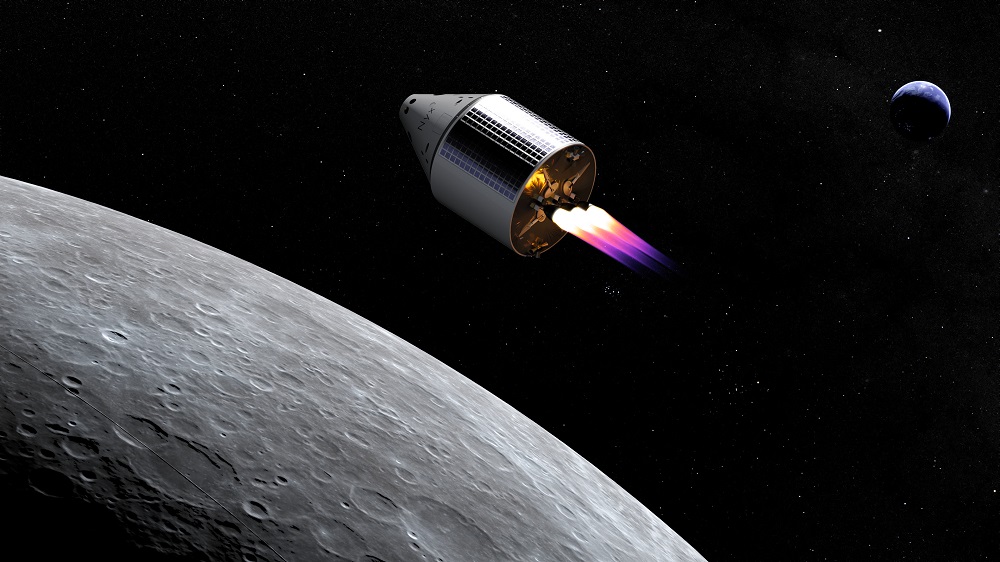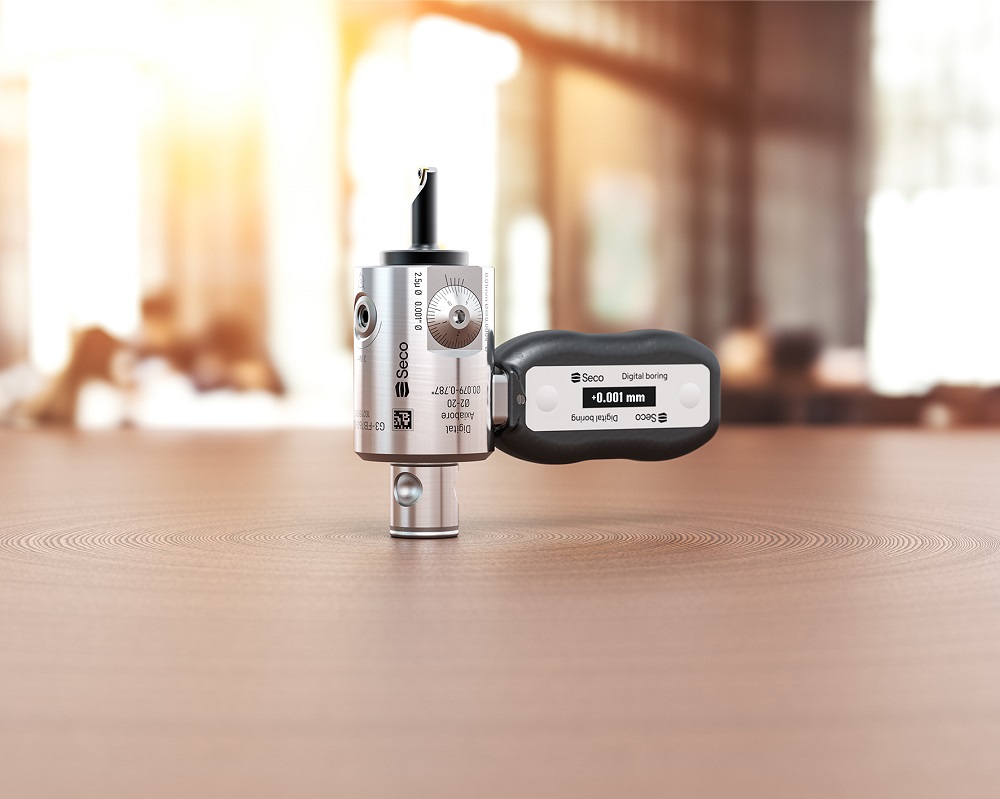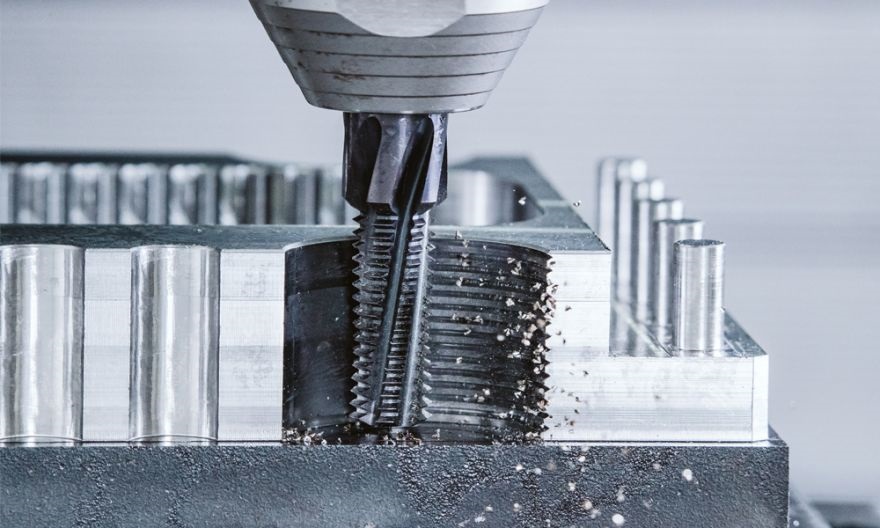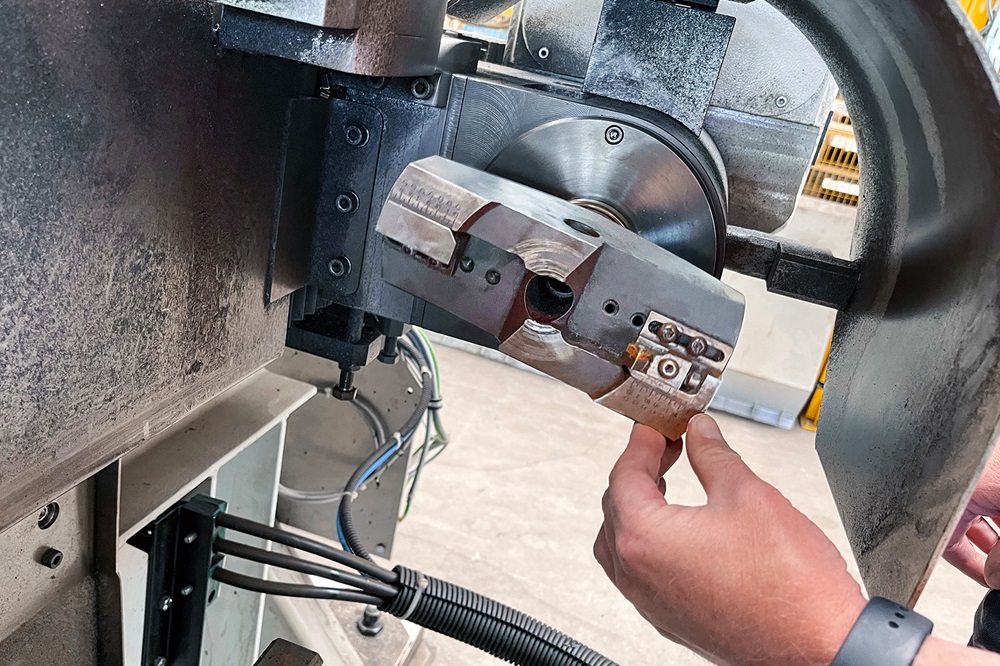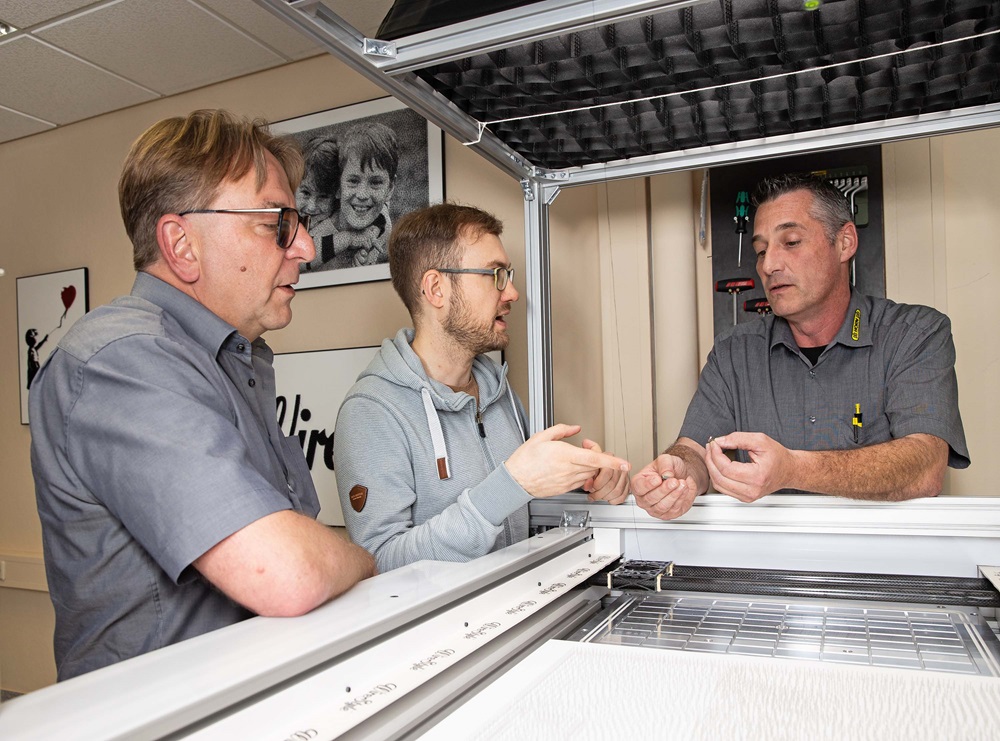Trumpf and European space-travel start-up The Exploration Company are co-operating on
the construction of core components for spacecraft used in missions to the earth’s orbit and
the moon. As early as this month, the Exploration Company will use 3D printers from the
laser specialist to print core components of the Huracán and Mistral engines for the Nyx
Earth and Nyx Moon spacecraft.
“Our spacecraft can benefit from Trumpf’s manufacturing and application expertise,” says
Hélène Huby, CEO of The Exploration Company. “Trumpf has decades of experience in the
production of high-precision components.” The start-up plans to send a space capsule to
orbit the earth for several months in an initial mission in 2026. Starting in 2028, further
missions are planned to go to the moon. Initially, the spacecraft will carry freight but in the
long term people will also fly on board.
For further information www.trumpf.com






